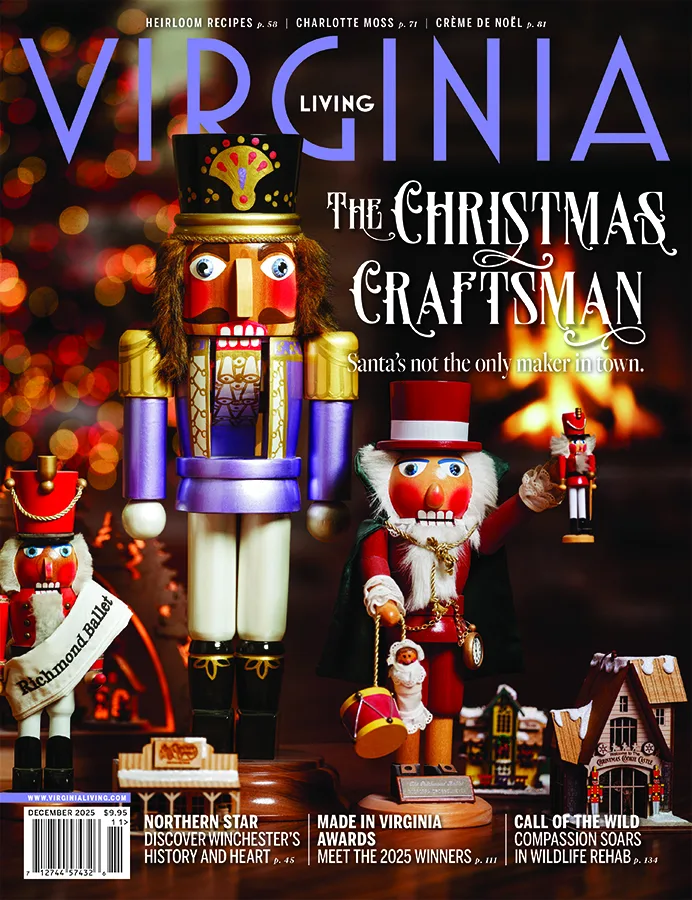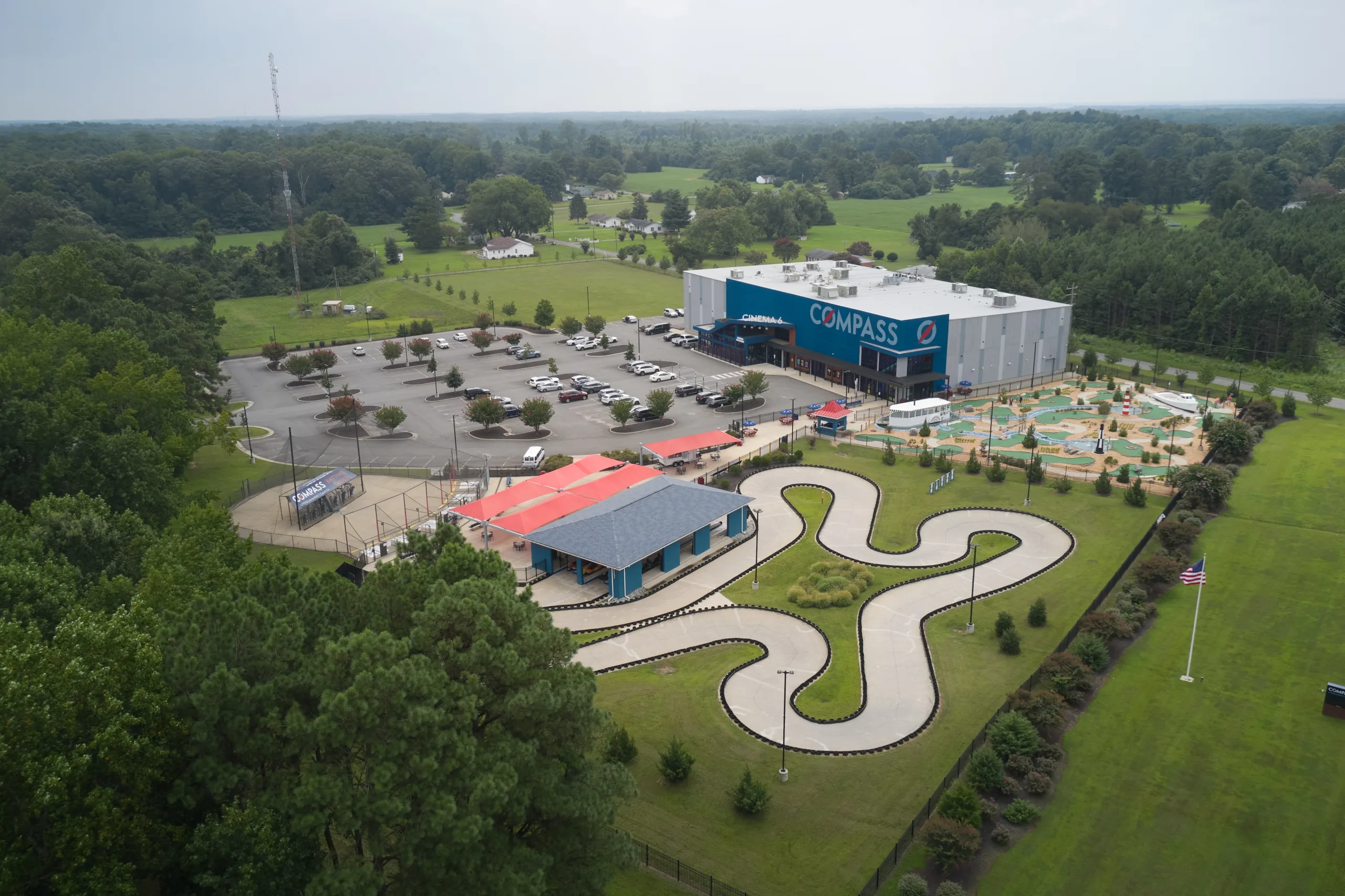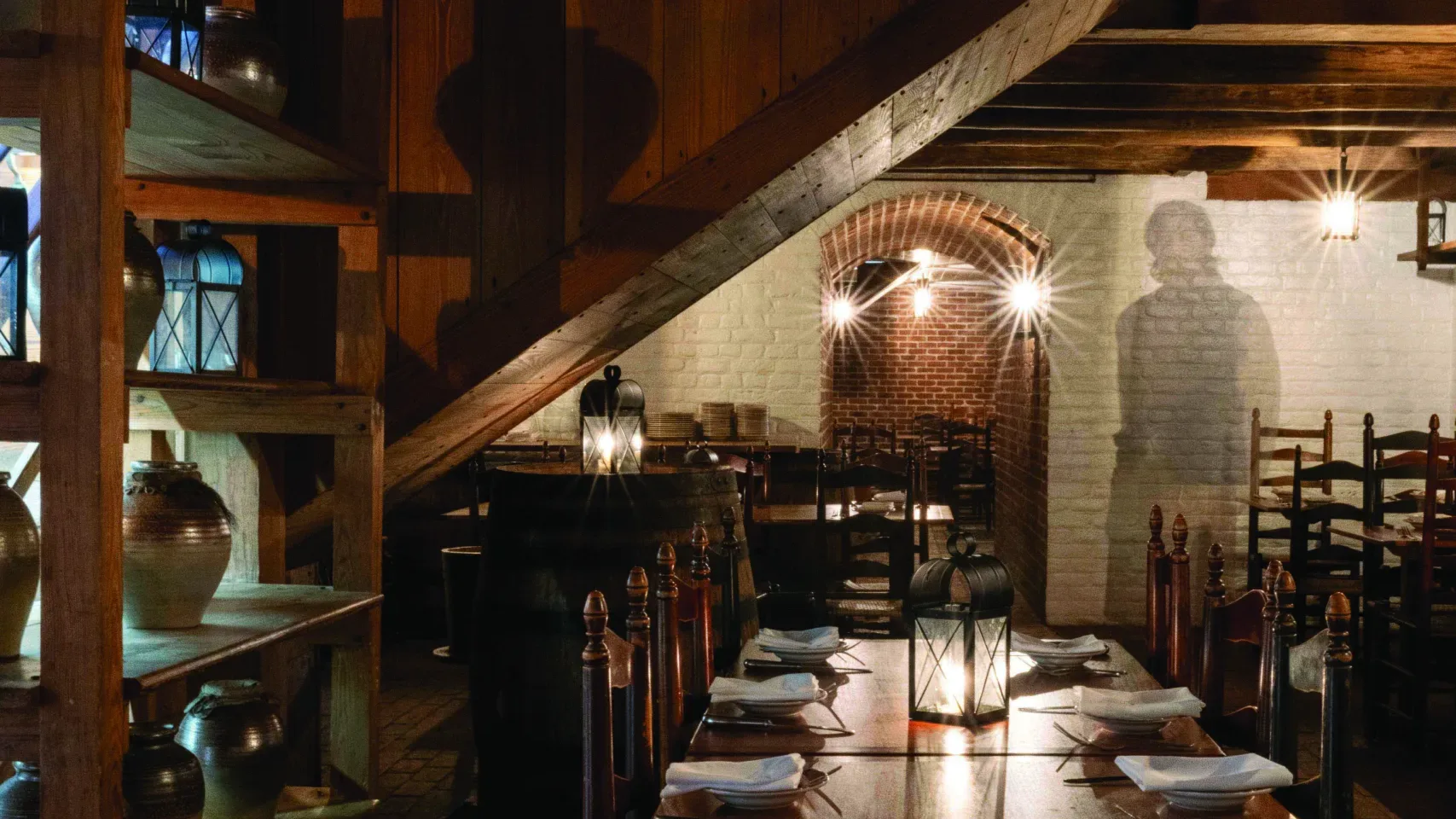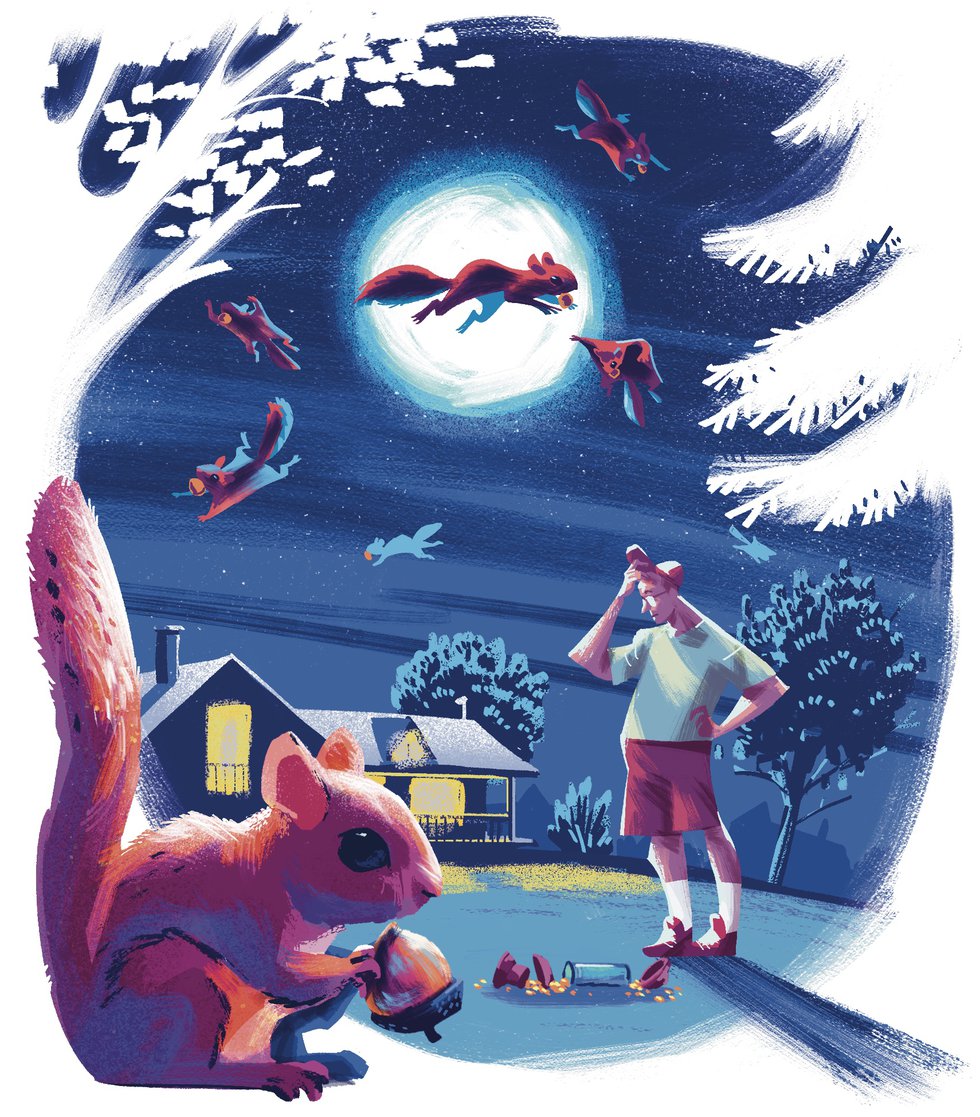There is nothing endearing about the deer fly.

Even the most determined naturalist might find it difficult to love the deer fly. And if you have ever found yourself at the receiving end of a deer fly’s bite, you will know why. Armed and ready for action, the deer fly is a high-speed pest, swooping in and dealing you a painful stab with its sharp mouthparts (variously described as “scissor-like,” “knife-like,” and “razor-like”—well, you get the picture), following up with a nice squirt of anti-coagulant-bearing saliva, and then—not to put too fine a point on it—sucking your blood. “No one would ever call them a ‘dear’ fly,” quips Eric Day, manager of the insect identification lab at Virginia Tech’s department of entomology.
The deer fly is a greenish-goldish-brown, lighter in color and somewhat smaller than its fellow member of the Tabanidae family, the horse fly. Only the female is a blood-sucking pest—er, tiresome nuisance—the male being an innocent pollen-and nectar feeder entirely uninterested in your Type-B+. But the female needs a blood meal to successfully reproduce—and being primarily a visual hunter, she is drawn to dark-colored moving objects like deer or cattle grazing in a field. If, however, in lieu of a passing ungulate, she sees you mowing your lawn, say, or having a nice morning jog, she is not picky. “If you’re standing in the middle of a field wearing dark-colored clothes, you will be a deer fly magnet,” says Day.
Deer flies, which appear in late spring, prefer marshy, mucky habitats. That may explain why they seem to be particularly prevalent in the eastern/Tidewater parts of Virginia where they can make outdoor life a misery for humans and animals alike. Livestock agriculturalists group them among the “worry flies”—insects that can agitate grazing animals so much that the livestock spend more time twitching and trying to run away from the irritants than they do eating.
Among outdoors enthusiasts, they’re more likely known by terms not printable in a family magazine, though in Richmond County, where their numbers are all-too abundant in the warm months, they go by the rather whimsical “May flies,” blighting the name of the actual Mayflies, which, as Kelly Liddington, the agriculture and natural resources extension agent for Richmond County, notes, are “harmless little beasts.” The deer fly’s reliable habit of hitting the scene right around the first week of May earned it the “May fly” misnomer, and, when it appears in Richmond County, apparently there’s no missing the fact. “Some years, in parts of the county, you can barely stand to be outside when they’re at the peak of their season,” says Liddington. “One guy told me they jammed up his radiator, they were so thick.”
Fighting back against this insect onslaught of Hitchcockian proportions, Richmond County residents have taken to arming themselves with a proprietarily sticky, two-by-six-inch rectangle of double-sided tape called the Tred-Not Deer Fly Patch, which attaches to the top of your hat or cap. To be candid, it doesn’t look like the cutting edge of insect control; nevertheless, this low-tech solution proves disturbingly effective: “I can fill up one of those patches in an hour cutting my grass,” says Liddington, adding that local golfers like to make bets with each other on who will finish 18 rounds with the largest encrustation. “Those golfers tickle me, sitting around counting the flies off their heads,” says Liddington.
The Richmond County Fair Association (RichmondCountyFair.com) sells the Tred-Not at $3.25 a package—as a scholarship fundraiser—and to give you an idea just how popular (or necessary) these patches are, the Association has raised $16,000 from their sales over the past eight years. “Deer flies,” says Liddington with satisfaction, “are doing some good.”











